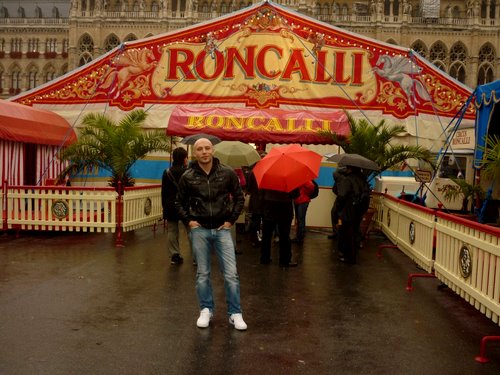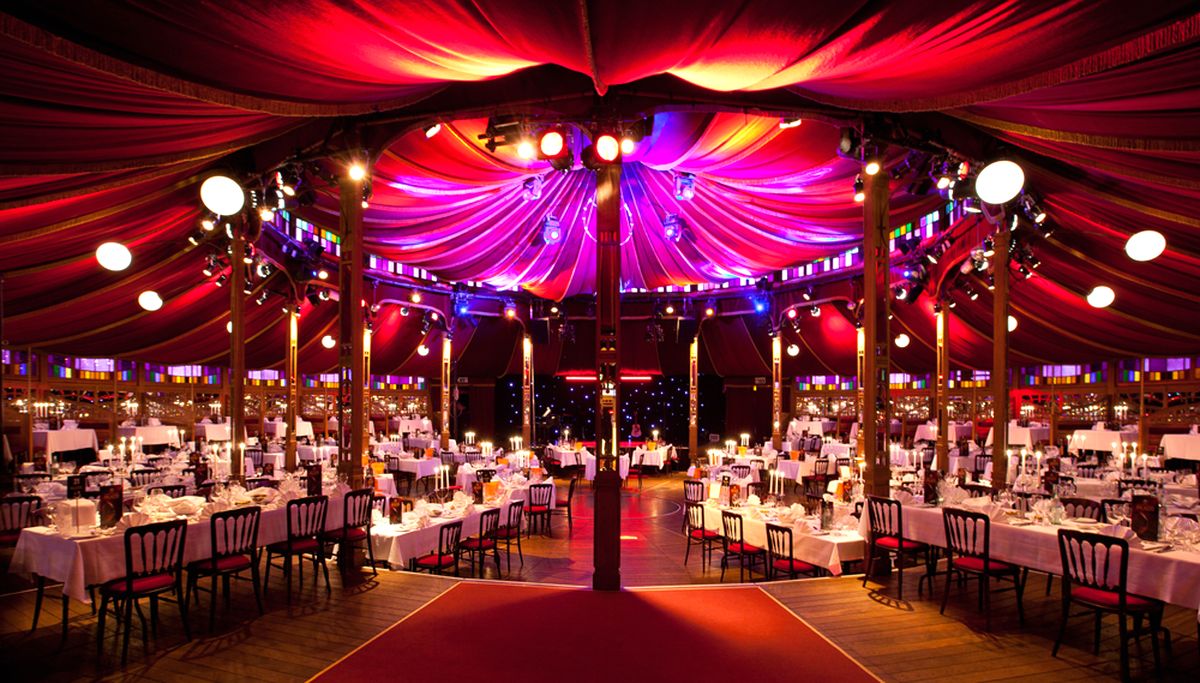

The circus building was badly damaged by bombs on November 4, 1944, after the end of the war it was confiscated as “German property” (after which it fell into disrepair) and demolished in 1957. At that time it was considered to be one of the most beautiful circus buildings in the world and had 3,559 seats. In 1940 Hagenbeck acquired the building and had it renovated. On July 13, 1930, the circus burned down completely, but was rebuilt as a variety theater.

After considerable material losses, also under the pressure of increasing competition, the company was liquidated in 1897.ĭuring the First World War the building was used as a traindepot, after the war it was a variety show (guest performances by Enrico Rastelli, Hagenbeck and Busch). In 1883 the Renz building was largely rebuilt by the architect Oskar Laske, especially under the impact of the devastating Ringtheater fire in 1881 which caused new fire regulations to be enforced.Īfter Ernst Renz’s death, his son Franz, who lacked the commercial and organizational ingenuity of his father, was only able to continue the company for a short time. Or Tom Belling, who is credited with creating the stupid August figure with a shaggy wig, red nose and wide trousers.

The clowns appearing at Renz’s, such as “Stonette”, a so-called Shakespearean, dressed in a green jersey with a white fur collar and a beret with a cock feather on his head, who is standing on a table, perform parodies, are well known. Five days later, on the occasion of the wedding, a large folk festival was held in the Prater, with the ensemble of Circus Renz giving a large gala performance on the fireworks square, which is said to have aroused great enthusiasm among Sisi. On April 24, 1854, the wedding of Emperor Franz Joseph to Princess Elisabeth took place. The circus riders, like the dancers, were among the erotic idols of the 19th century, their pictures were collected like the photos of the film stars later, many poets sang about their grace and the bouquets of the admirers piled up in their cloakrooms. Horses were the core of the Renz company, which in its heyday had around 200 examples of various breeds. Think of Albert Salamonsky (build the circus of Riga and the original building of what is now the Circus Nikulin in Moscow), the brothers Wilhelm, Carl and Bernhard Carré (Wilhelm’s son Oscar would build stone circuses in Cologne and Amsterdam) and Gotthold & Gustav Schumann (Gotthold’s son Albert would later build the circus building in Frankfurt am Main, Germany, was advisor in the construction of the circus building of Scheveningen, Holland, but would also build a building in Vienna at the 15. Many people who worked for Ernst Jacob Renz would later start their own circuses. The Carltheater was also located here, and Nestroy was one of its directors. Due to the urban character of Praterstrasse, which was called Jägerzeile until 1862, numerous buildings were built. The Renz building in Vienna was located in an area that was once one of the liveliest in the city and was characterized by the splendor of historicism. When he died in 1892, he left his son not only in the circus building in Vienna but also in Berlin, Breslau and Hamburg. Renz, the son of a tightrope walker, was born in Böckingen in Germany in 1815, and was obsessed with the idea of helping the circus to gain a high artistic and social reputation.

was, and still had a radiance into the 20th century. A name that almost epitomized the circus in the second half of the 19th century. The Vienna Renz building was built in 1853 by architect May and master builder Schebek as a permanent venue for Ernst Jacob Renz.


 0 kommentar(er)
0 kommentar(er)
